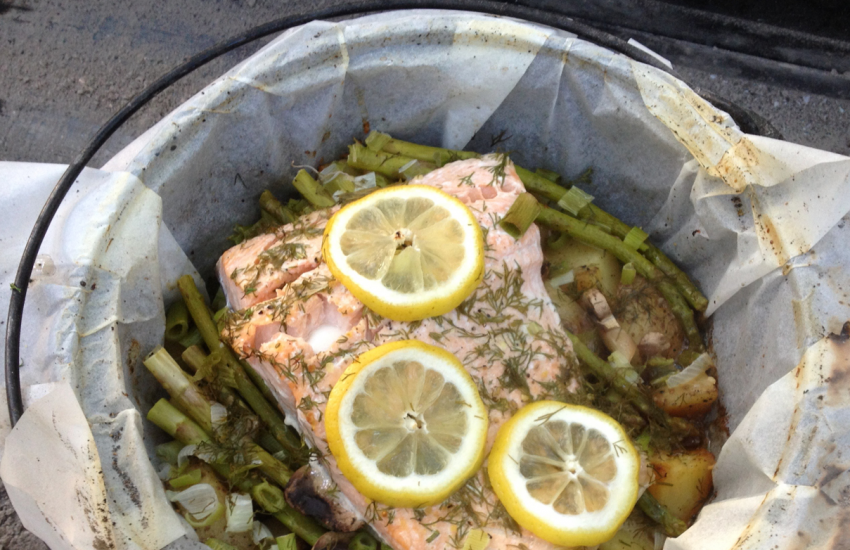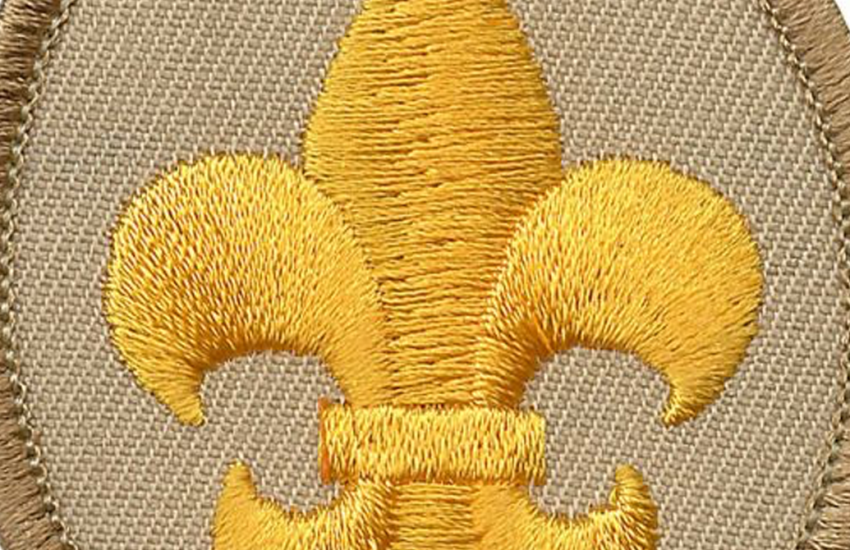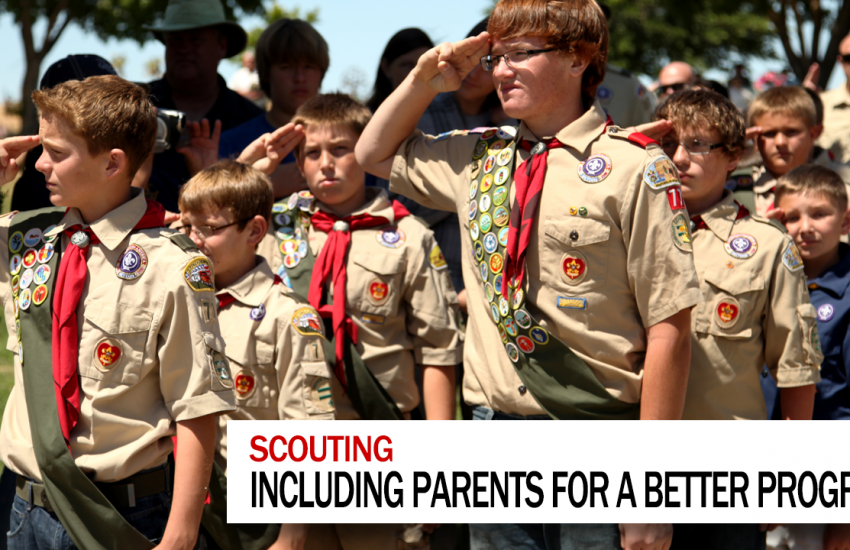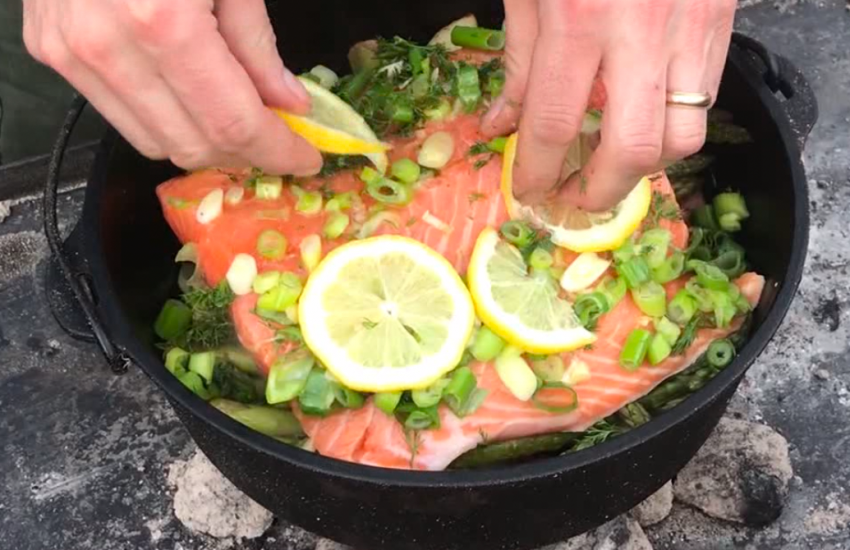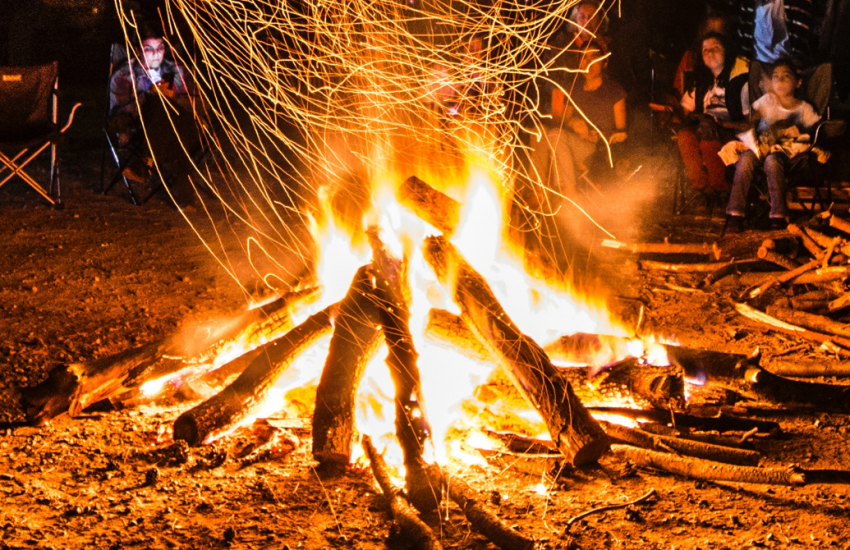Getting started with Dutch Oven cooking can be easier with these simple tricks and techniques.
Show Notes:
- BSA Dutch Oven 6-Quart (15 inch) Dutch Oven with cool BSA Eagle (Amazon)
- Winterial Cast Iron Camping Dutch Oven 4-Quart (10 inch) (Amazon)
- Paper Dutch Oven Liners (Amazon)
- 14-inch Aluminum Dutch Oven Liners (Amazon)
- Dutch Oven App (Apple App Store)
Transcript:
I’m a big fan of Dutch oven cooking. Many troops out there don’t use Dutch ovens, and I can totally respect that decision. If you are a backpacking troop, or you focus on over-the-coal cooking, I probably won’t change your mind, but that’s ok.
Today’s video is about how to make Dutch oven cooking easier, if you plan on doing it in the first place.
So, lets start with the Dutch oven itself. Regardless of the oven us use, make sure it has a lid that securely closes; this is to keep the heat and juices in. There are tons of videos on buying Dutch ovens, seasoning ovens, I even saw one where the presenter chopped off the little legs on the oven, and was very proud of it.
If you love Dutch oven cooking, YouTube is a wealth of great information.
I have 2 Dutch ovens, a relatively small 8-inch oven and a medium 12-inch oven. My troop also has two 16-inch ovens. The size is in direct proportion to what you are going to do with it. If you’re just going to play a little with dump cakes, the 8 is fine, if you’re cooking for 10+ people you need the larger ovens.
For anyone who has cooked anything in one, has come across the need to clean it afterwards. This is a big detraction to the oven especially out in the woods where you don’t have running water. That’s why I always use Dutch oven liners. The parchment liners are cheep, costing only about 5 dollars for 8 liners, and fit medium to large ovens easily. When you are done cooking, simply pull the liner and the entire gunk out and toss it away. Usually just wiping it with a wet paper towel is all it takes to clean up the remaining residue. I keep my liners right in the oven.
When I store my oven, I keep the liners, and a potholder right inside the oven. I also take a piece of paper towel folded over a couple of times to keep it from sealing during storage. This keeps the moisture from building up, and reduces the need to re-season it.
One of the other great pieces of technology is the Dutch Oven Helper apps. The app store has a few of them, and for the price of 99 cents, or free for the light version, it can tell you how to arrange the coals based on what you are cooking without having to remember all the fancy rules as to what to use. Even without the app. If you just remember that each coal is about 25 BTUs of heat to heat something at 325 (most things cook at around 325, you need 13 coals. If you were at home and cooking it on a stove, put most of the coals on the bottom. If it was in a home oven, put some of the coals on top. Cold out? Put a couple more coals on, but this is what works for us.
Take what you like and leave the rest, and as we say in Woodbadge, feedback is a gift, leave yours below in the comments, with the hope we can all learn together.
I’m Scoutmaster Dave, and this was Dutch Oven Cooking Simplified.
